This spectacular and immense convertible was the first—and also, as we shall later explain, arguably the last—of seven Hooper drop-head coupes built on the massive Daimler DE36 chassis between 1948 and 1954. More than 20 feet long and just under 80 inches wide, the super-sized drop-top weighs nearly three tons. Painted a special jade green color, the car made its 1948 debut on the Daimler stand at the first post-WWII Earls Court British Motor Show. Dubbed “the Green Goddess” by the motoring press, it was used for several years after the show by Sir Bernard Docker, Chairman of Birmingham Small Arms (BSA). In addition to armaments and military vehicles, BSA products at the time included Singer, Lanchester and Daimler automobiles in addition to BSA and (after 1944) Ariel motorcycles (Triumph would follow in 1951). BSA also controlled the venerable Hooper & Co. (Coachbuilders) Ltd, which naturally enough provided the body for Sir Bernard's special car. Dating to 1897, the British Daimler was the first car manufactured in England. The English car was named for the German Daimler engine used in the earliest examples, but the British and German Daimler concerns were always separate entities. A tradition of association with the British Royal family began when the Prince of Wales selected an early Daimler for his first automobile. By 1910, Daimler had merged with BSA and the Daimler Motor Co. would henceforth market only large and expensive cars. These included the amazing Daimler Double Six (V-12) models of 1926-1937, cars that rank among the most impressive motorcars ever made. The first Daimler straight-eight engine appeared in 1933 and the firm continued to build prestigious six- and eight-cylinder cars until the conversion to war production occurred in 1940. By the time WWII ended in 1945, seventy percent of the Daimler factory complex lay in ruins. Even so, car production resumed in 1946. BSA entered the post-WWII era with its wartime chairman, Sir Bernard Docker, securely at its helm. (In 1938, Sir Bernard had treated himself to a yacht, the 863-ton Shemera. Requiring a crew of 32, it was the largest privately owned yacht in England.) Sir Bernard's late father, F. Dudley Docker, had been a multi-faceted industrialist and long-term BSA director—it was he who had brought Daimler under that firm's control in 1910. During 1949, Sir Bernard married the great love of his life. The new Lady Norah Docker, had previously married well twice before, only to soon after become widowed both times—consequently she was already an heiress twice over. The bride soon discovered she had a penchant for car design. After presenting a special Daimler Sedanca de Ville at the 1950 Earls Court show, she followed up with her sensational Gold Daimler of 1951. A series of high-fashion show cars followed, concluding with the 1955 Daimler Golden Zebra. Lady Norah's "Docker Daimlers" became automotive legends, while the extravagant and very public “rich-and-famous” lifestyle she shared with Sir Bernard made the couple prototypes for the sort of celebrities of the media even today loves to dote upon. Of course, Sir Bernard's own show car was built before he married Lady Norah—and that automobile is our primary concern here. Daimler introduced its DE36 chassis during 1946. Powered by a 5460cc (5.4 liter) straight-eight producing 150bhp, the DE36 was also equipped with a pre-selector controlled Daimler Fluid Flywheel transmission. Designed to carry heavy, formal coachwork, the DE36 chassis was offered into 1953. Of the 216 built, a notable number were bodied for British Royalty. Chassis no. 51233, assembled in early 1948, was the first DE36 chassis designated for a special Hooper's drop head coupe body. The building and subsequent sorting out of the Daimler Green Goddess is well documented in surviving Daimler and Hooper & Co. Ltd. records. They show that just after New Year's 1948, Hooper body no. 9352 was commissioned, to be built to the coachbuilder's design n
This spectacular and immense convertible was the first—and also, as we shall later explain, arguably the last—of seven Hooper drop-head coupes built on the massive Daimler DE36 chassis between 1948 and 1954. More than 20 feet long and just under 80 inches wide, the super-sized drop-top weighs nearly three tons. Painted a special jade green color, the car made its 1948 debut on the Daimler stand at the first post-WWII Earls Court British Motor Show. Dubbed “the Green Goddess” by the motoring press, it was used for several years after the show by Sir Bernard Docker, Chairman of Birmingham Small Arms (BSA). In addition to armaments and military vehicles, BSA products at the time included Singer, Lanchester and Daimler automobiles in addition to BSA and (after 1944) Ariel motorcycles (Triumph would follow in 1951). BSA also controlled the venerable Hooper & Co. (Coachbuilders) Ltd, which naturally enough provided the body for Sir Bernard's special car. Dating to 1897, the British Daimler was the first car manufactured in England. The English car was named for the German Daimler engine used in the earliest examples, but the British and German Daimler concerns were always separate entities. A tradition of association with the British Royal family began when the Prince of Wales selected an early Daimler for his first automobile. By 1910, Daimler had merged with BSA and the Daimler Motor Co. would henceforth market only large and expensive cars. These included the amazing Daimler Double Six (V-12) models of 1926-1937, cars that rank among the most impressive motorcars ever made. The first Daimler straight-eight engine appeared in 1933 and the firm continued to build prestigious six- and eight-cylinder cars until the conversion to war production occurred in 1940. By the time WWII ended in 1945, seventy percent of the Daimler factory complex lay in ruins. Even so, car production resumed in 1946. BSA entered the post-WWII era with its wartime chairman, Sir Bernard Docker, securely at its helm. (In 1938, Sir Bernard had treated himself to a yacht, the 863-ton Shemera. Requiring a crew of 32, it was the largest privately owned yacht in England.) Sir Bernard's late father, F. Dudley Docker, had been a multi-faceted industrialist and long-term BSA director—it was he who had brought Daimler under that firm's control in 1910. During 1949, Sir Bernard married the great love of his life. The new Lady Norah Docker, had previously married well twice before, only to soon after become widowed both times—consequently she was already an heiress twice over. The bride soon discovered she had a penchant for car design. After presenting a special Daimler Sedanca de Ville at the 1950 Earls Court show, she followed up with her sensational Gold Daimler of 1951. A series of high-fashion show cars followed, concluding with the 1955 Daimler Golden Zebra. Lady Norah's "Docker Daimlers" became automotive legends, while the extravagant and very public “rich-and-famous” lifestyle she shared with Sir Bernard made the couple prototypes for the sort of celebrities of the media even today loves to dote upon. Of course, Sir Bernard's own show car was built before he married Lady Norah—and that automobile is our primary concern here. Daimler introduced its DE36 chassis during 1946. Powered by a 5460cc (5.4 liter) straight-eight producing 150bhp, the DE36 was also equipped with a pre-selector controlled Daimler Fluid Flywheel transmission. Designed to carry heavy, formal coachwork, the DE36 chassis was offered into 1953. Of the 216 built, a notable number were bodied for British Royalty. Chassis no. 51233, assembled in early 1948, was the first DE36 chassis designated for a special Hooper's drop head coupe body. The building and subsequent sorting out of the Daimler Green Goddess is well documented in surviving Daimler and Hooper & Co. Ltd. records. They show that just after New Year's 1948, Hooper body no. 9352 was commissioned, to be built to the coachbuilder's design n
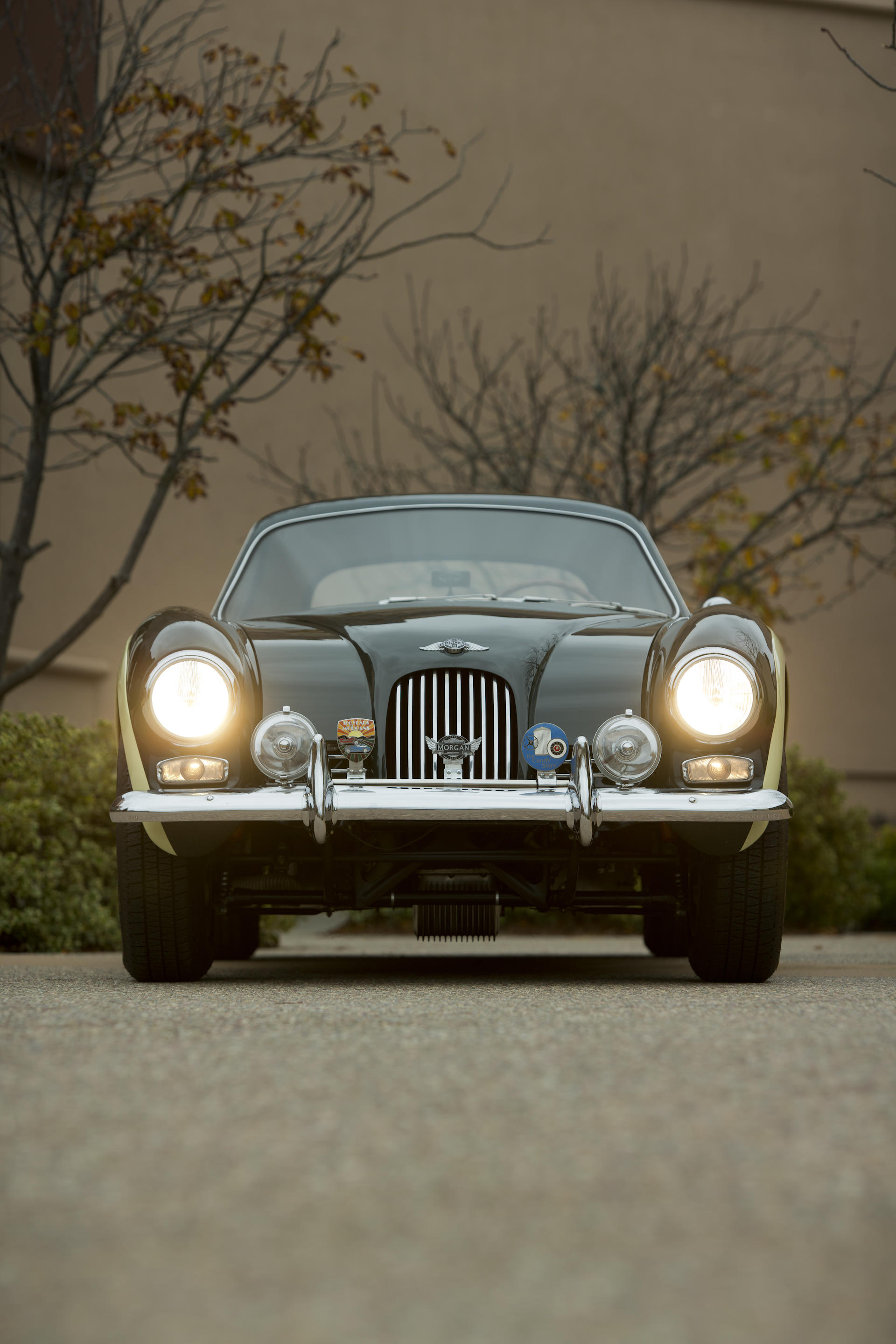
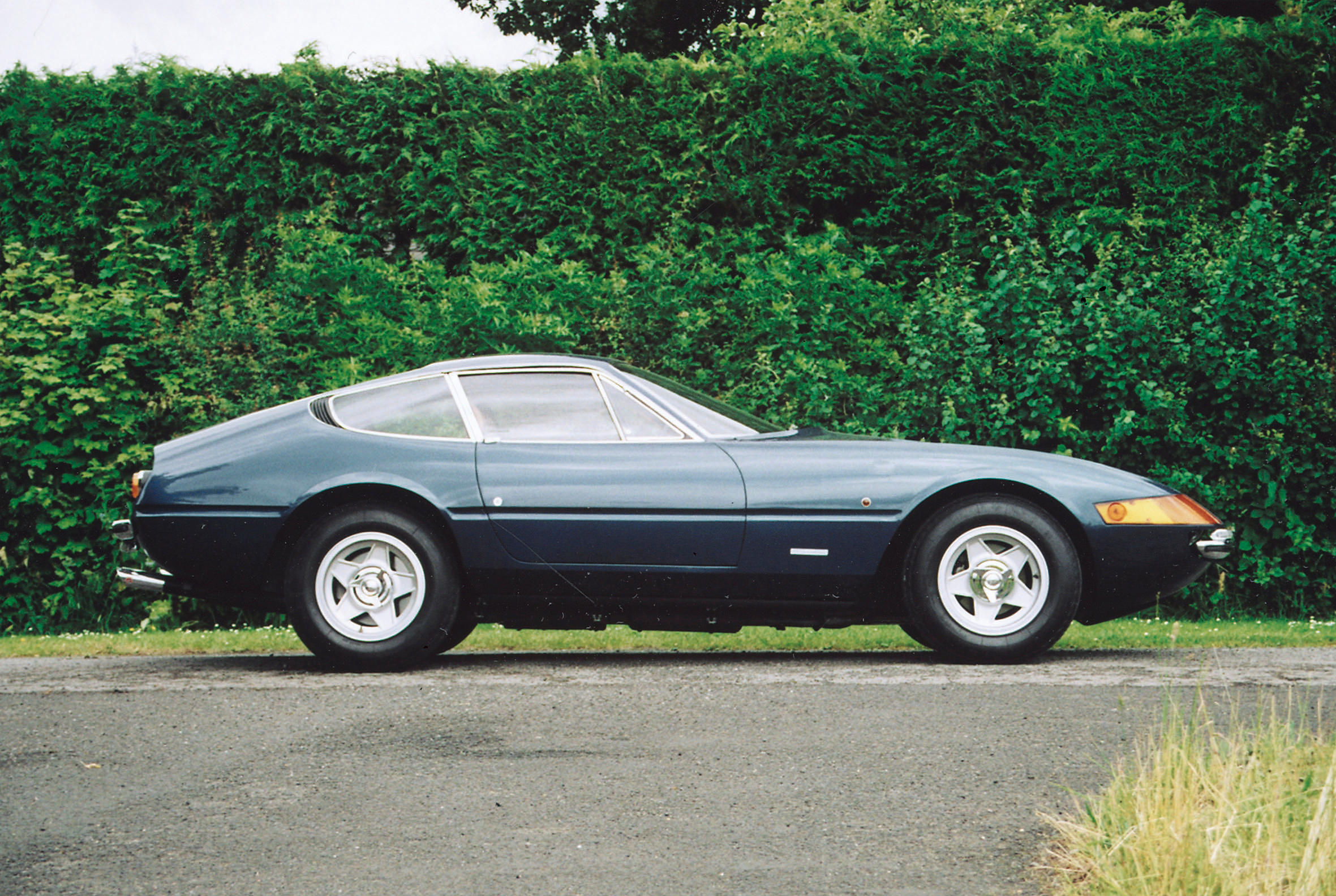



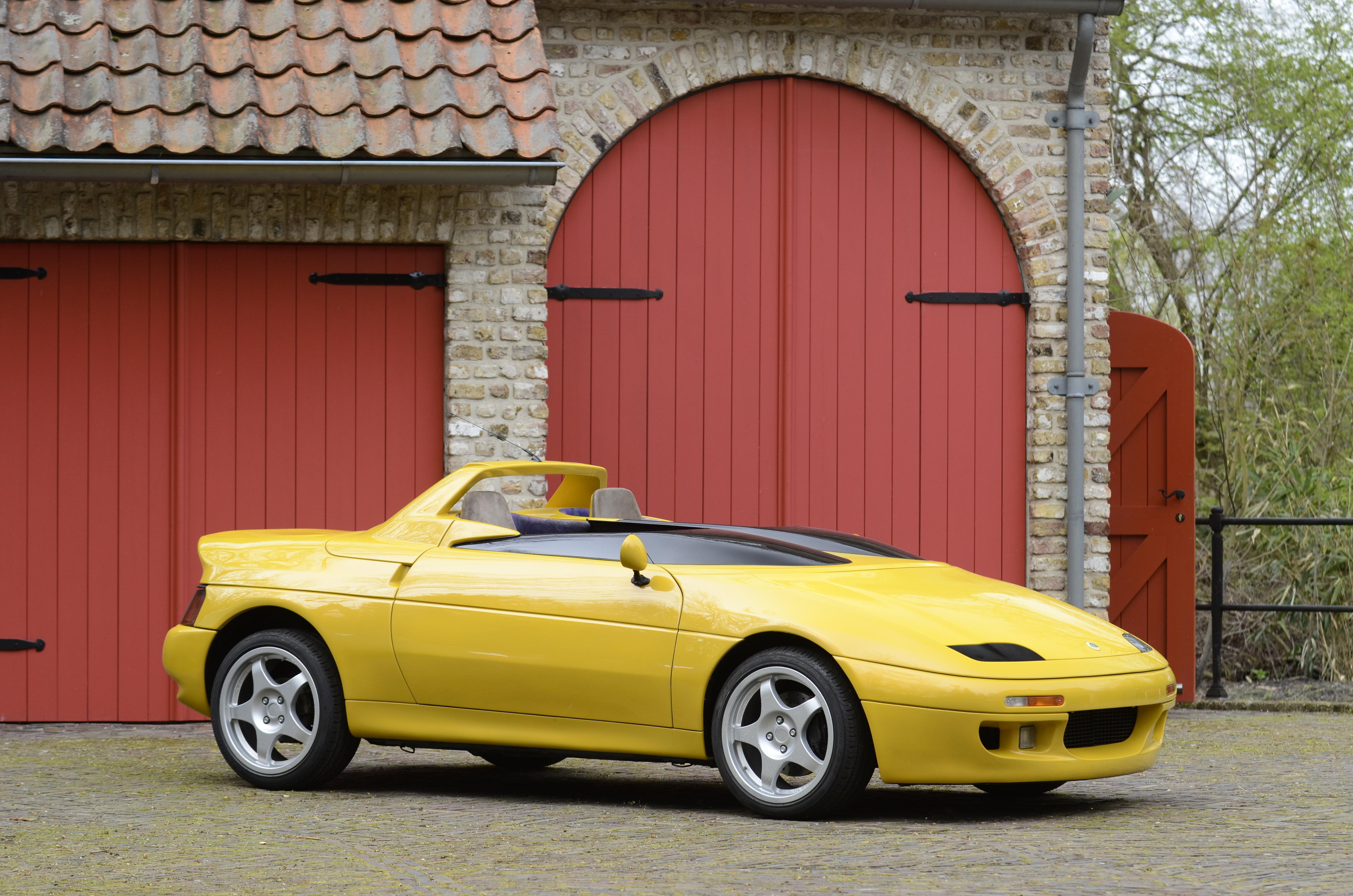
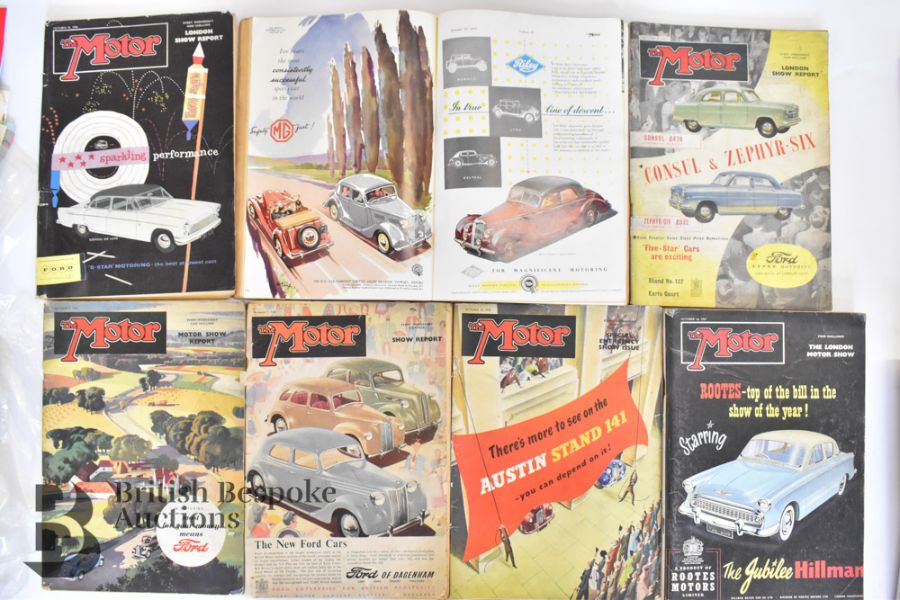

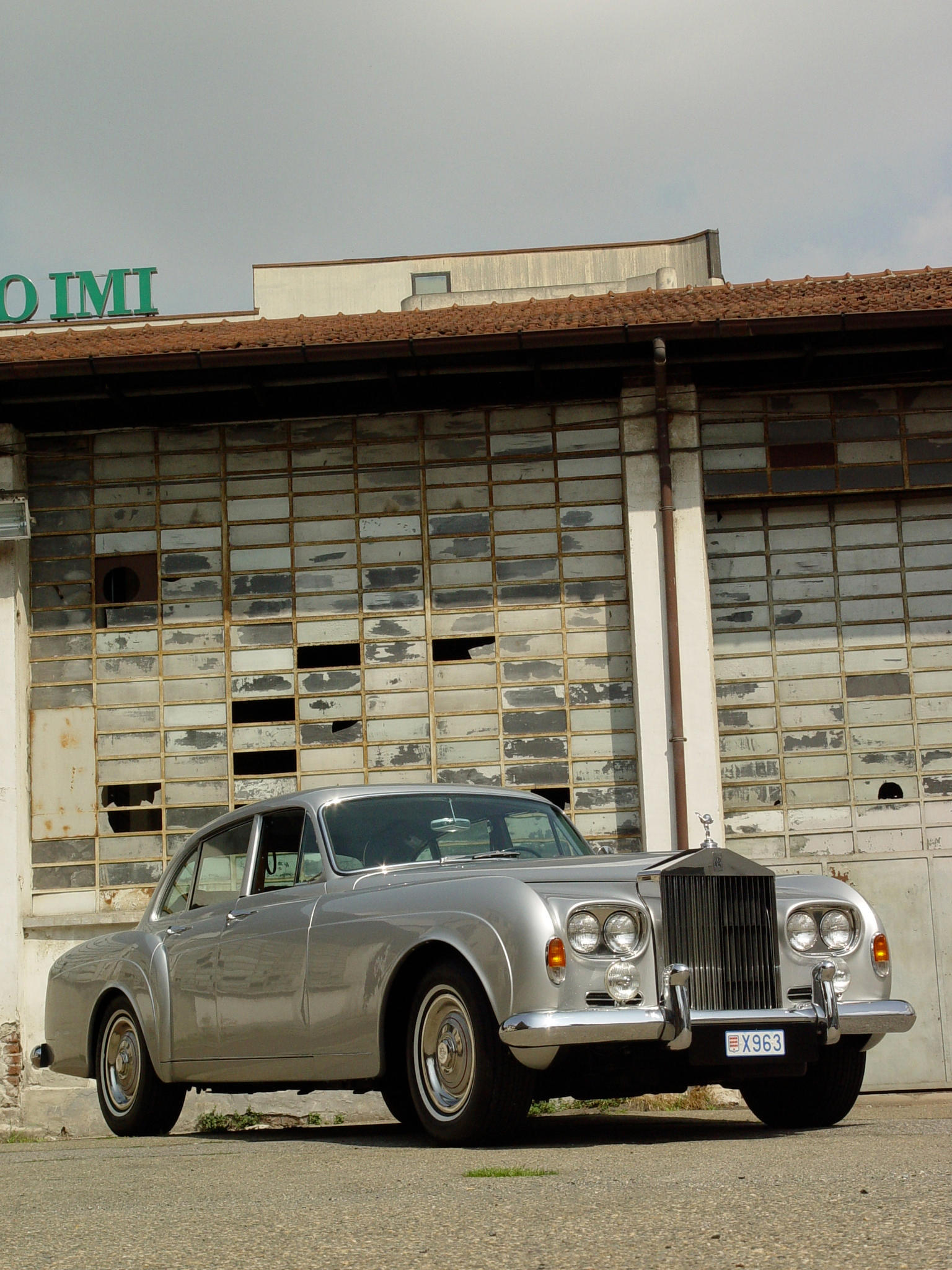
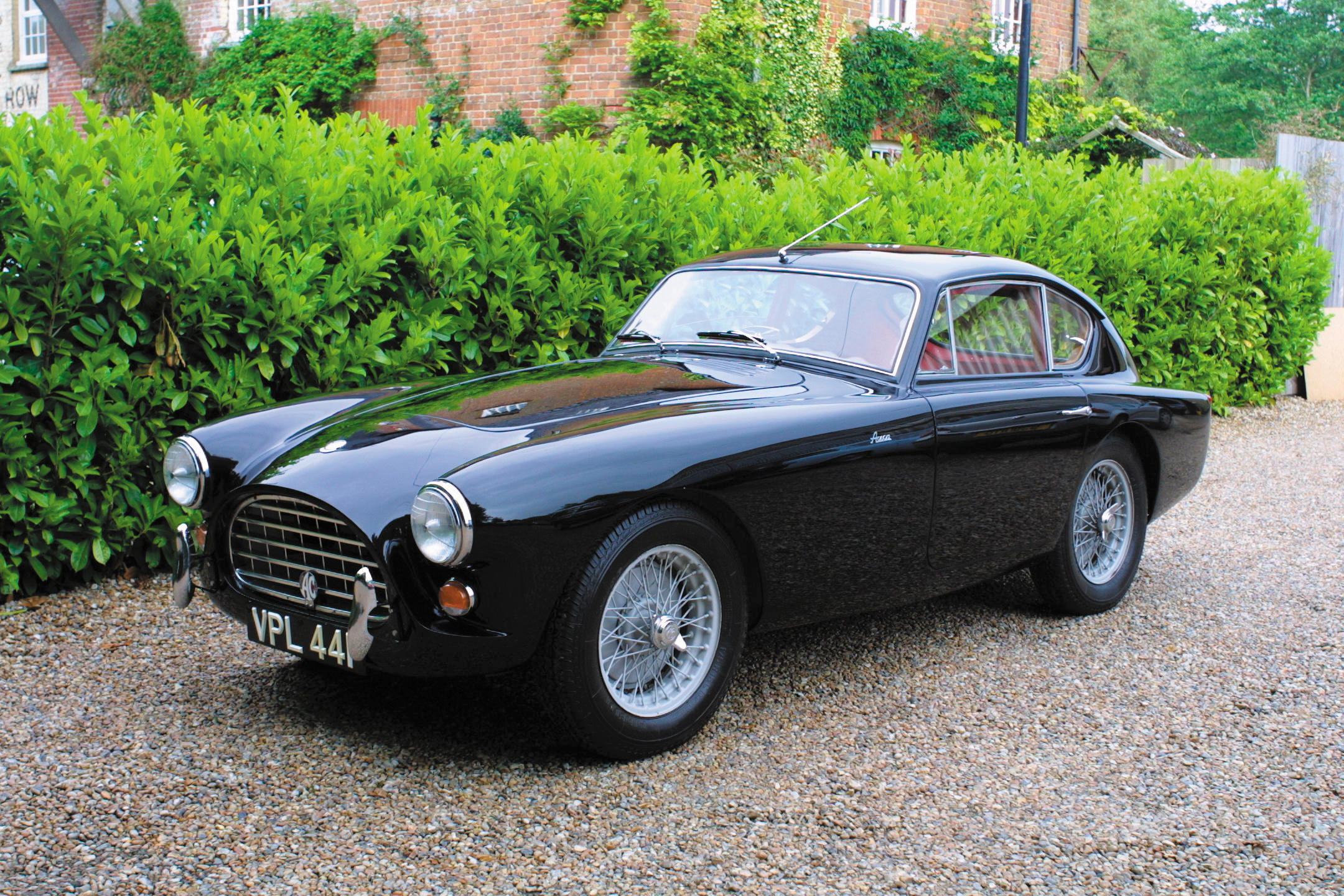
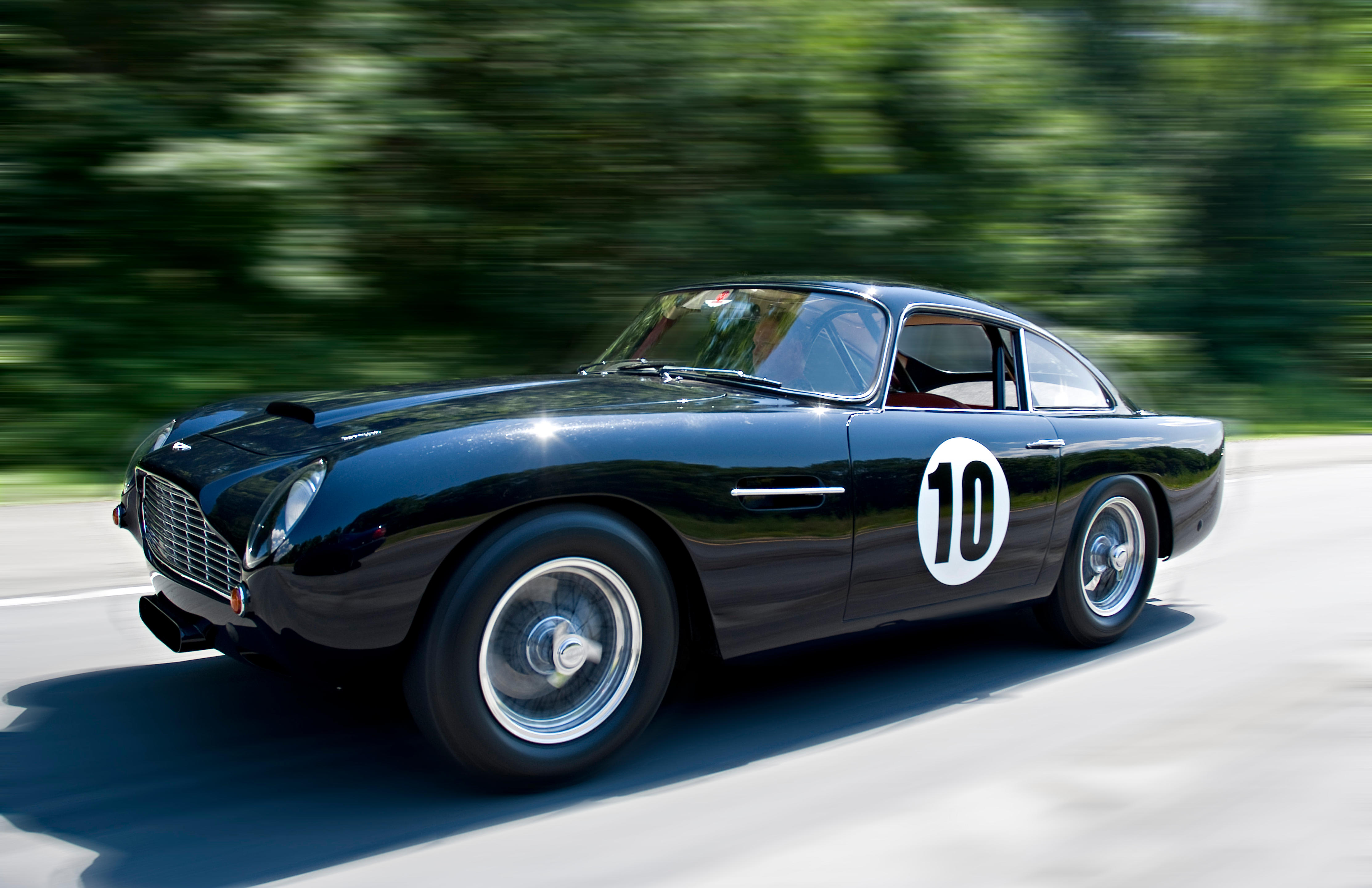
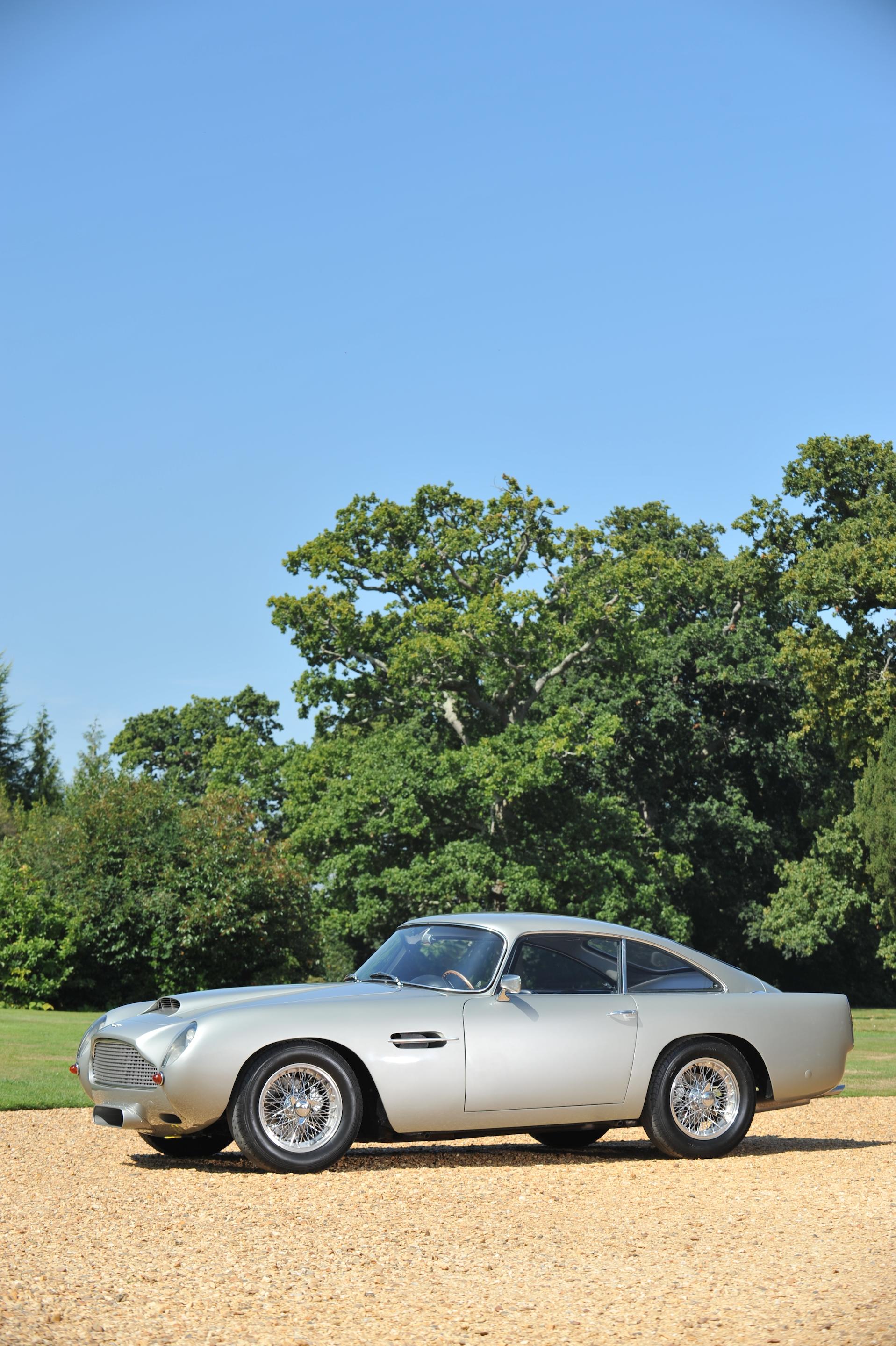
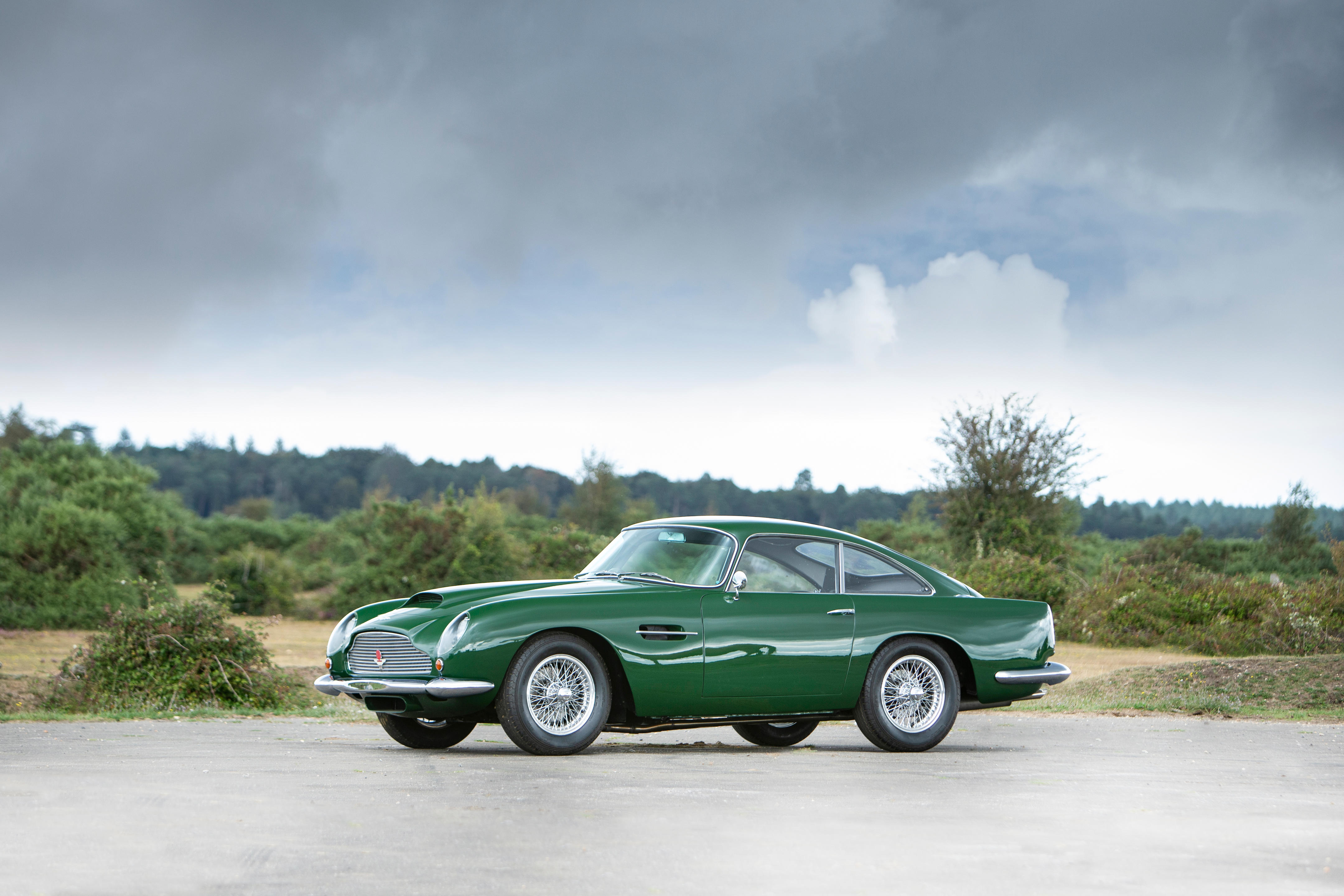
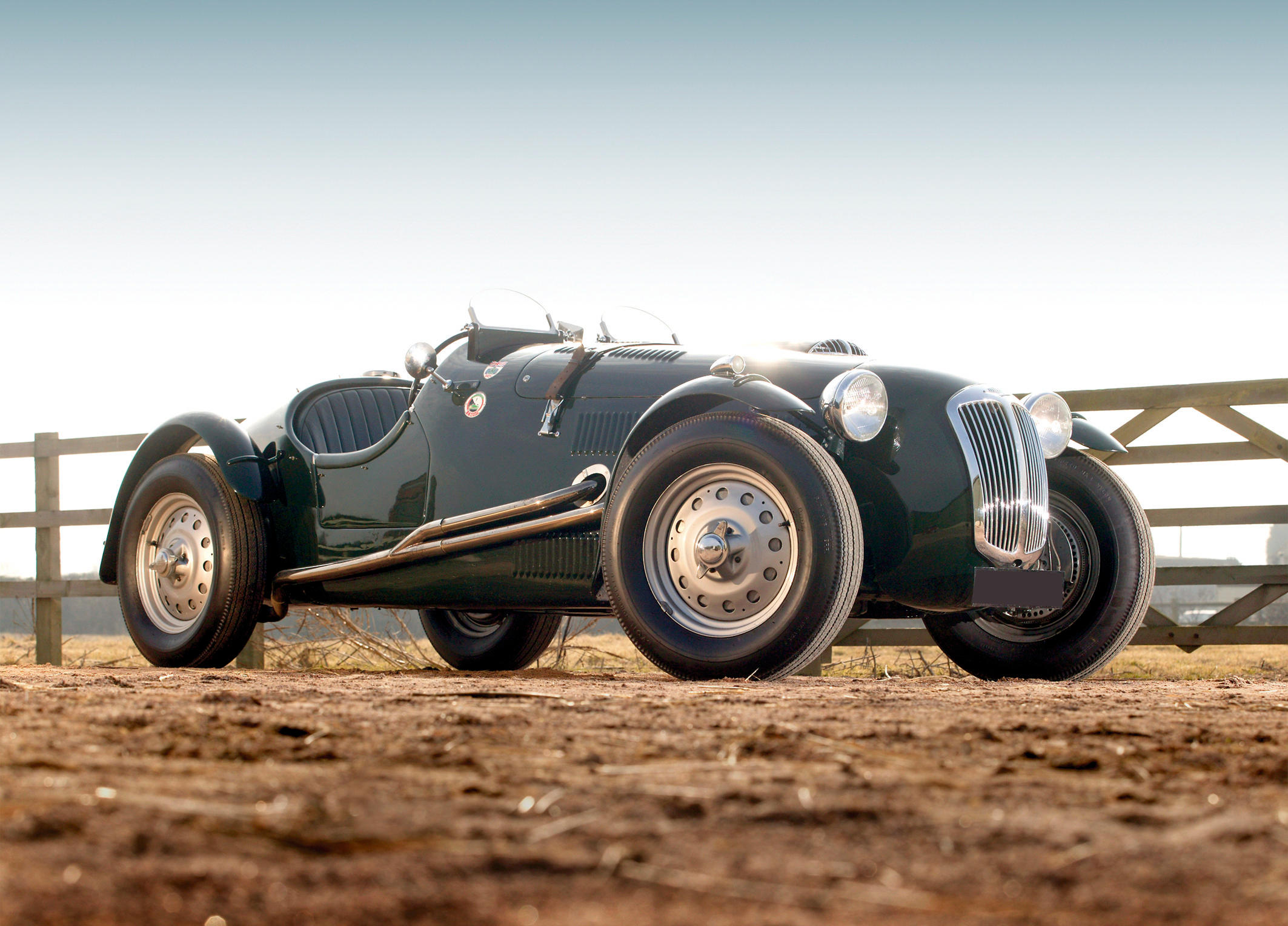
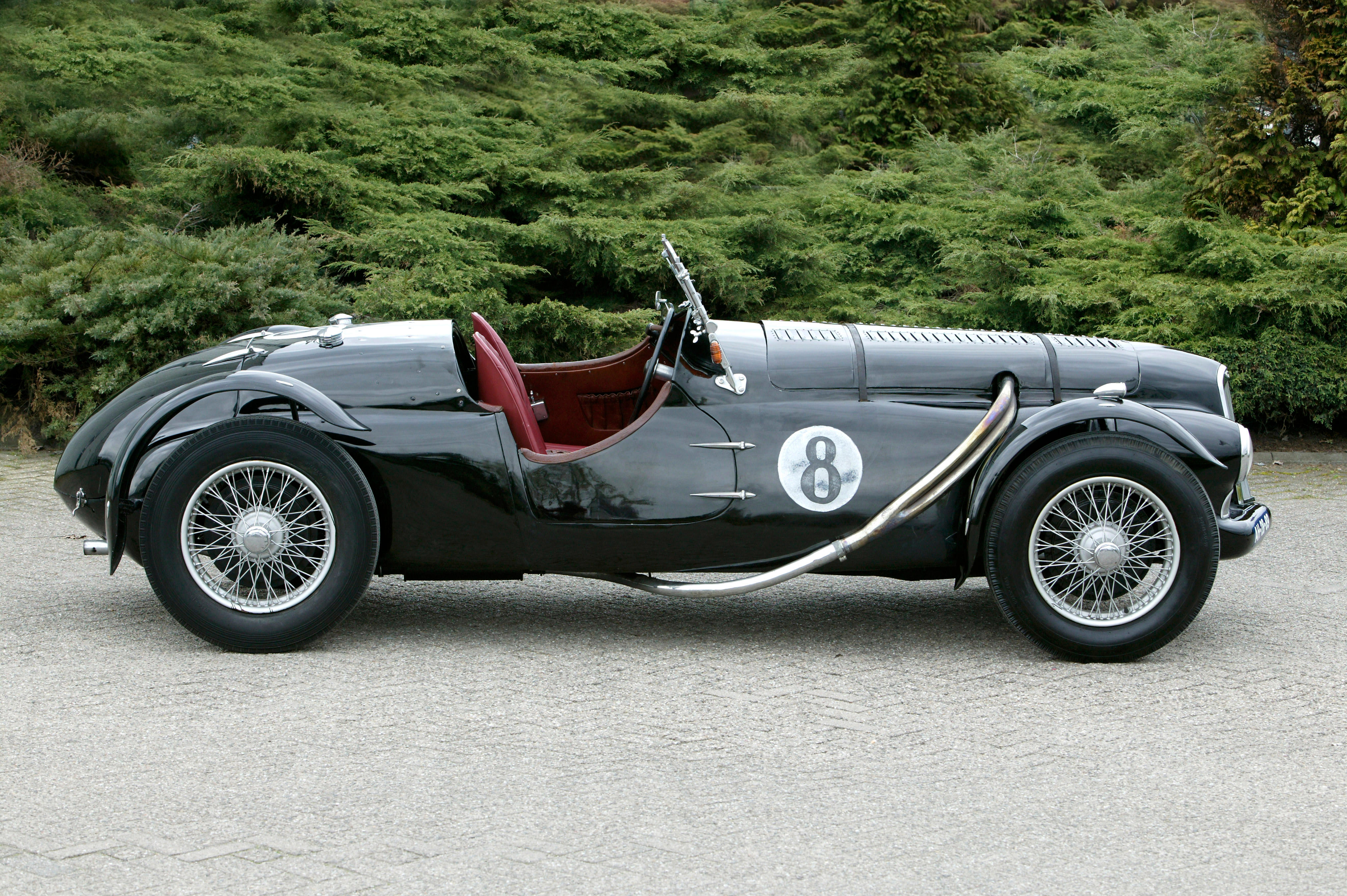
Testen Sie LotSearch und seine Premium-Features 7 Tage - ohne Kosten!
Lassen Sie sich automatisch über neue Objekte in kommenden Auktionen benachrichtigen.
Suchauftrag anlegen